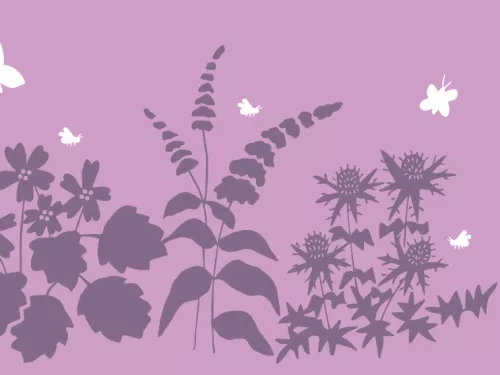
The best plants for bees and pollinators
Set up a ‘nectar café’ by planting flowers for pollinating insects like bees and butterflies
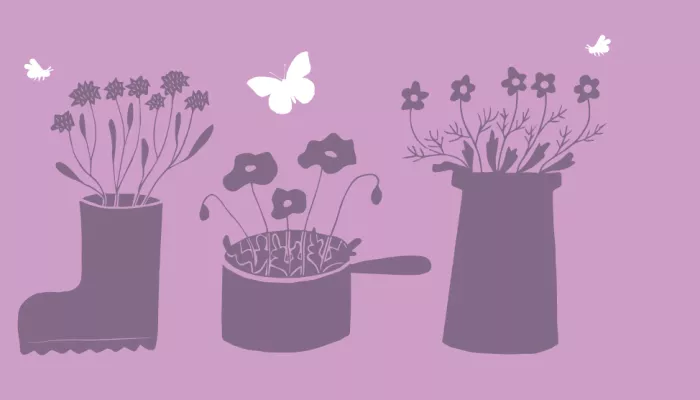
Pots and containers are a great way of introducing wildlife features onto patios, or outside the front door. They are also perfect for small gardens or spaces like window ledges or roofs. Herbs, in particular, make good container plants and attract lots of wildlife.
Sow your own mini wildflower meadow in a windowbox, line a pot with plastic to make a potted pond or use walls to create vertical herb displays.
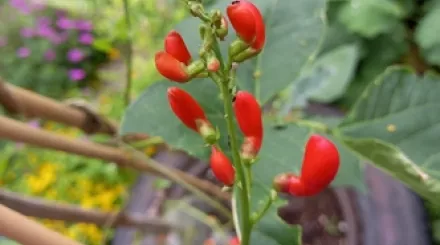
Runner beans growing in a old tyre. Eden Jackson
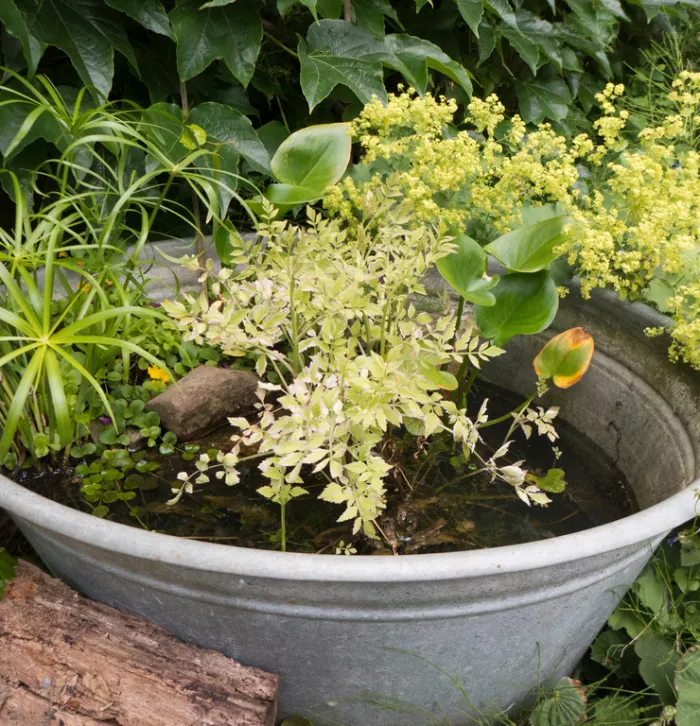
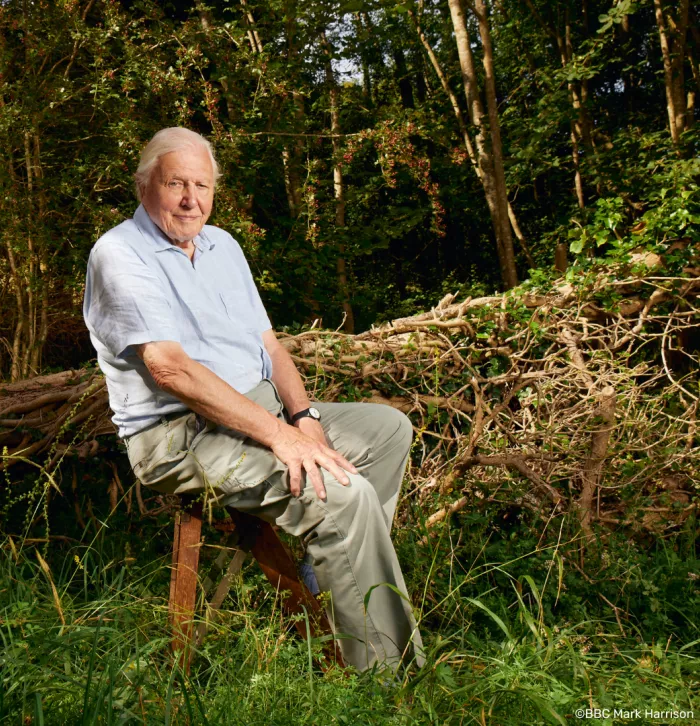

Set up a ‘nectar café’ by planting flowers for pollinating insects like bees and butterflies
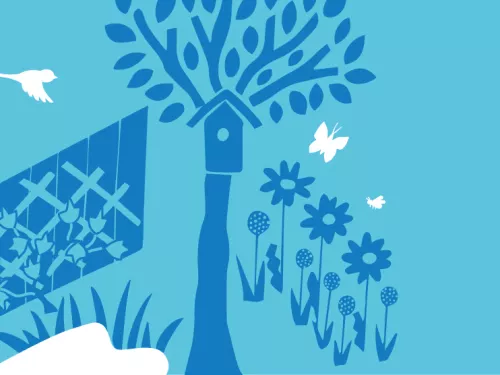
Use the blank canvas of your garden to make a home for wildlife.
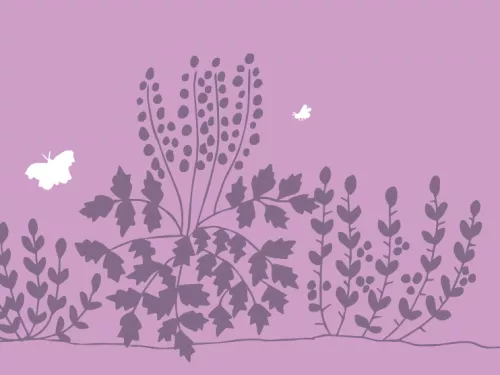
Woody shrubs and climbers provide food for wildlife, including berries, fruits, seeds, nuts leaves and nectar-rich flowers. So why not plant a shrub garden and see who comes to visit?

Plant wildflower with seed bombs!
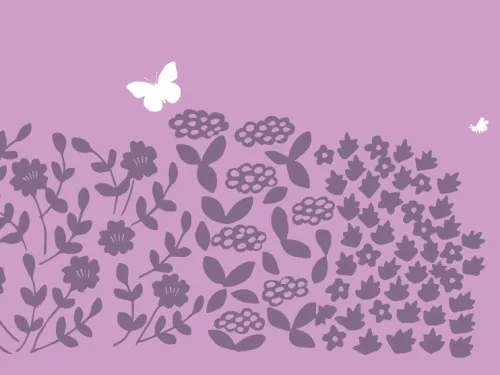
Hedges provide important shelter and protection for wildlife, particularly nesting birds and hibernating insects.
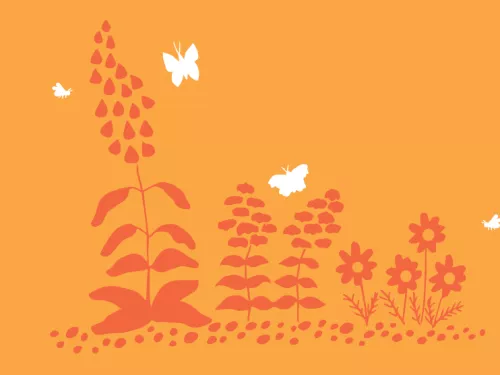
Surfaced spaces needn't exclude wildlife! Gravel can often be the most wildlife-friendly solution for a particular area.